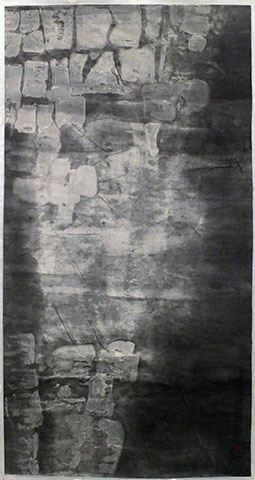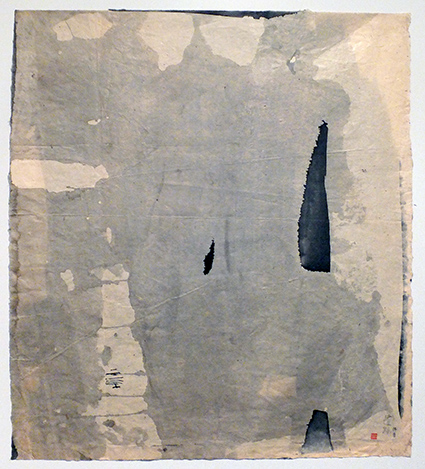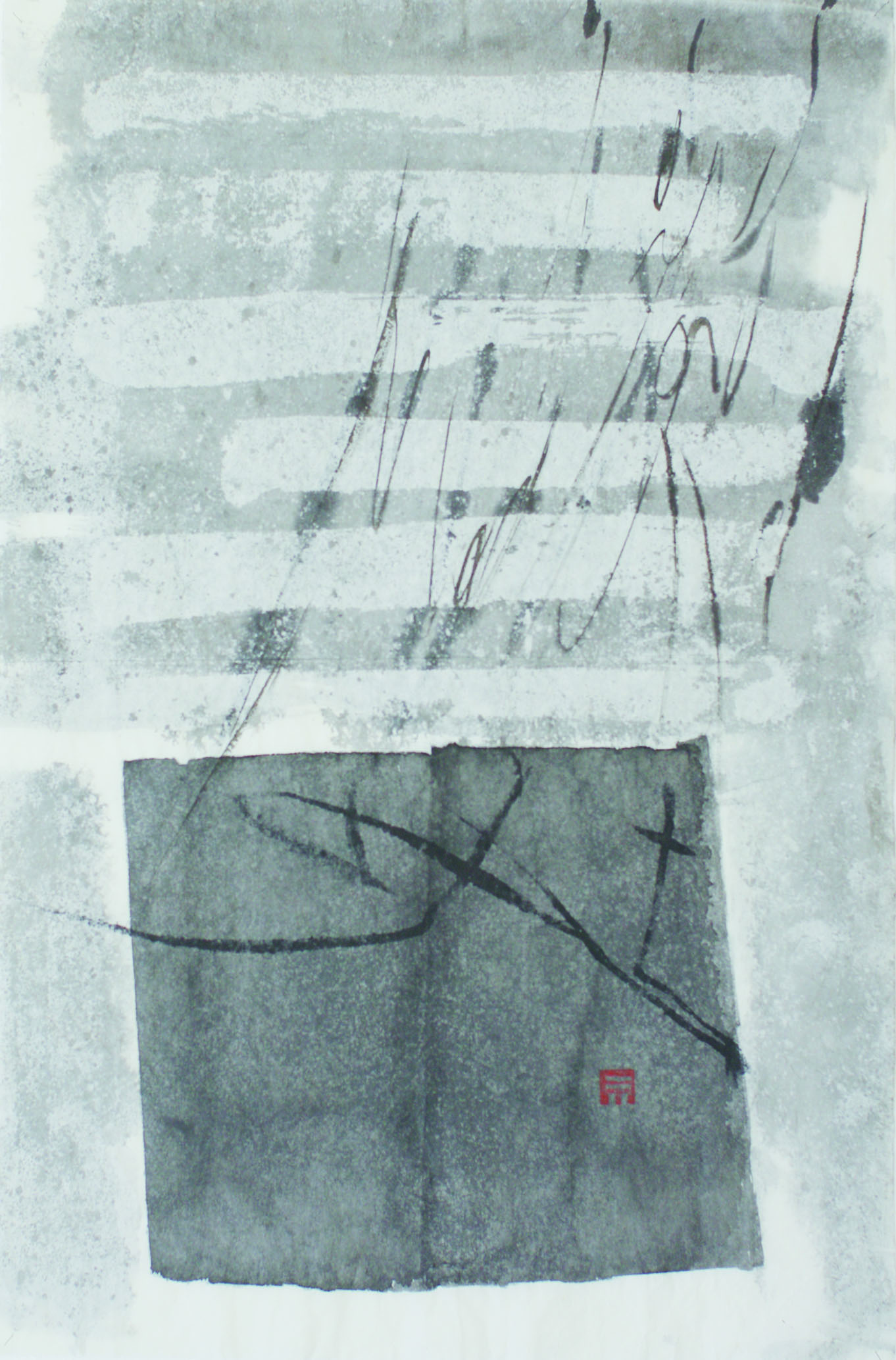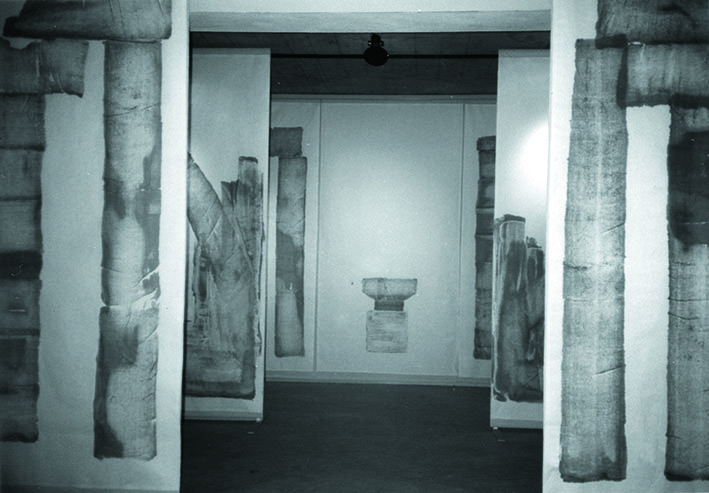
- 長岡国人2003
田鶴浜洋一郎展2013
-
解 説
平松は世界各国の古代文明発祥の地に興味をもち文明の起源の地を訪ね歩いた。彼女は1987年には中国にわたり石窟の仏像遺跡を見て回り、それらを墨で表現し大阪で石窟シリーズの展覧会を行った。
さらに1990年には東京の巨大なP3美術館で展覧会をしたが、それはエジプトの違跡を題材としたものだった。ここにおける作品も幅約IOm、高さ約3mの「王家の谷」大作が並んだ。1995年にはハイデルベルガ一・クンストフェアラインでギリシャ、エジプトなどの古代文明を題材とした。
展示されたギリシャの作品群は、絵そのものも高さが2.7mあるがさらに掛け軸化され、高い天井からつり下げられ、それらが広い会場に並んだ。その展示の中を歩く体験は、ギリシャの遺跡を歩く体験に他ならない。
平松輝子は世界の古代の神殿を訪ねたが、いずれも現在は荒涼とした風景が広がっているだけだった。その場所にはかつては豊かな水があり、緑があり人々が募らしていた場所である。栄華を誇る文明もいつか滅ぶ。都市の文化は自然を忘れ、自然を破壊してきた。これからの世界のあるべき文化の姿とは何か。そのモデルは過去の日本の文化にあるのではないかと彼女は考える。遺 跡
神 殿
遺 跡
遺 跡
Note
Hiramatsu got interested in the birthplaces of ancient civilizations and visited many countries of the world. In l987, she traveled to China to visit the ruins of a cave Buddha statue. Museum in 1995. She created works in Sumi and exhibited a cave-Buddha-inspired series in Osaka.
Then she held an exhibition at the huge P3 Art Museum in Tokyo in l990, themed on the ruins of Egypt. Huge works as large as the 10 m by 3 m “Valley of the Kings” were displayed. Hiramatsu held an exhibition focusing the ancient civilizations of areas such as Greece and Egypt at the Heidelberger kunstverein.
The hanging-scroll-formatted 2.7 m length Greece group works were hung from the high ceiling and were aligned lengthways in the hall. To experience walking through the exhibition was to experience walking through the ruins of Greece.
Hiramatsu traveled the ruins of the world where monuments used to exist and now desolate scenery replaces once green productive land. 0nce prosperous civilization obviously fell ruin. Urban culture forgets and destroys nature. Where is a model culture which can continue into the future? Hiramatsu thought that the model must exist in past Japanese culture.




